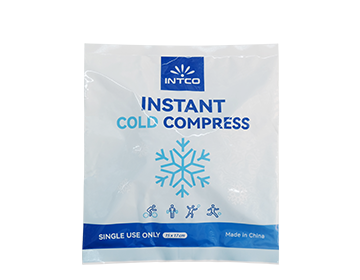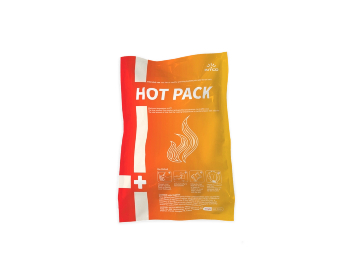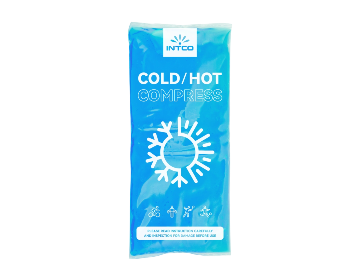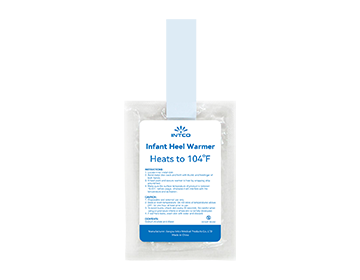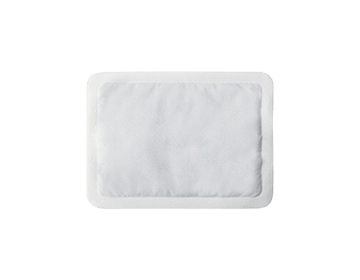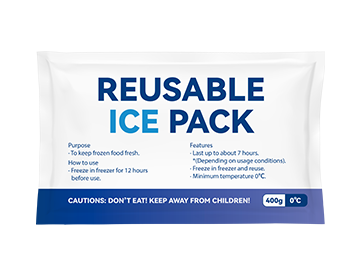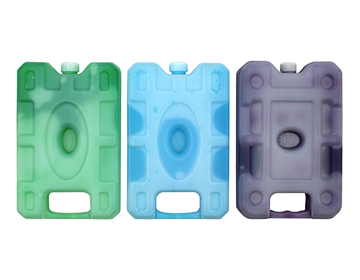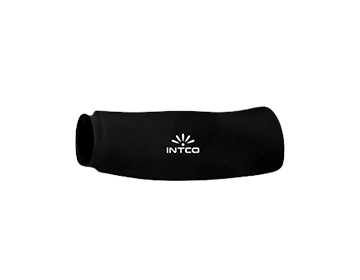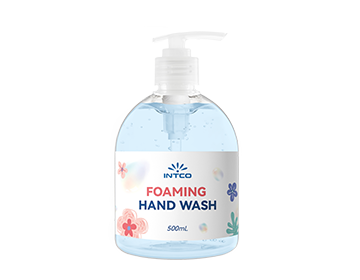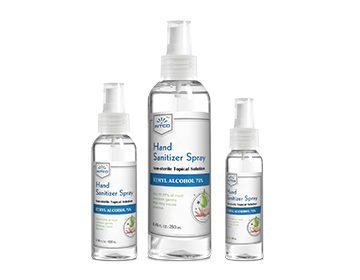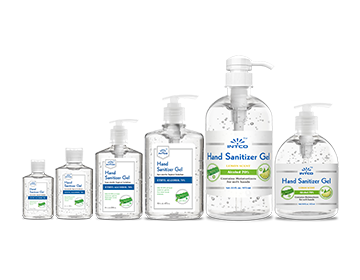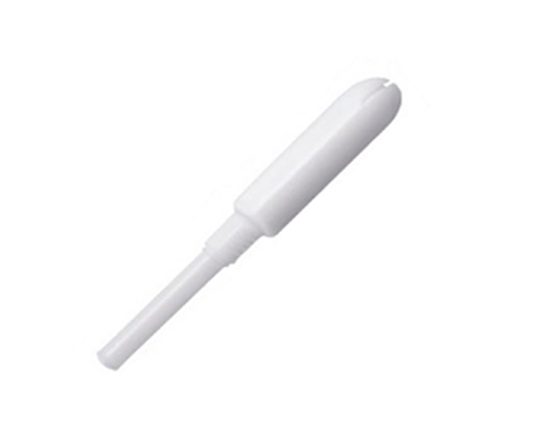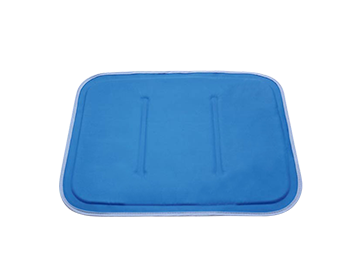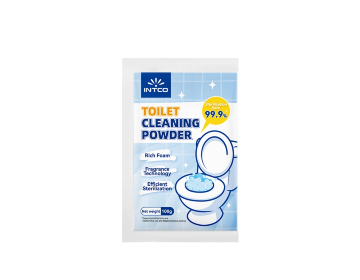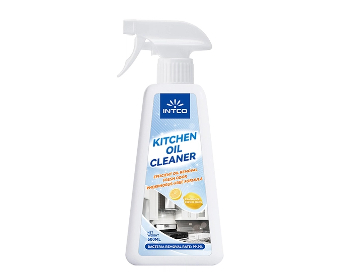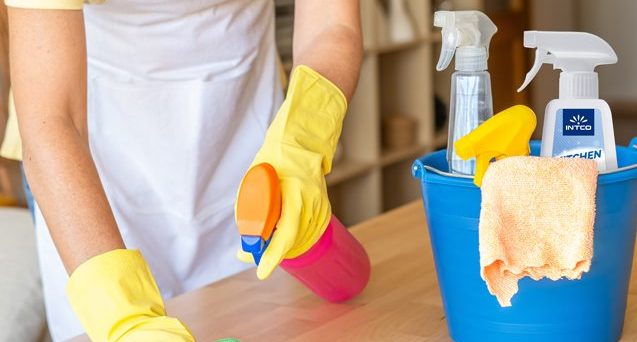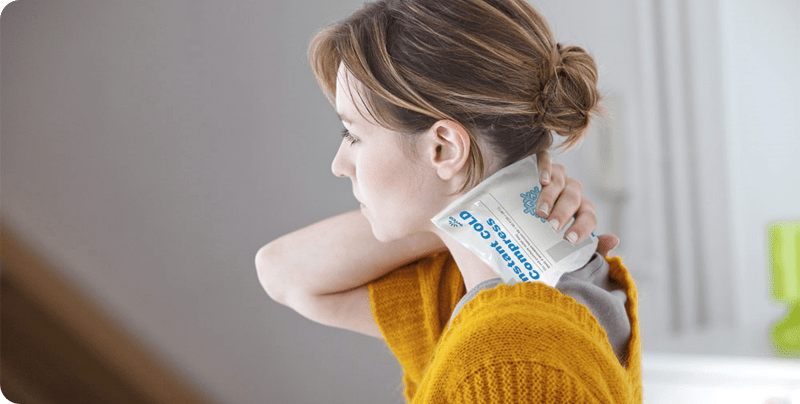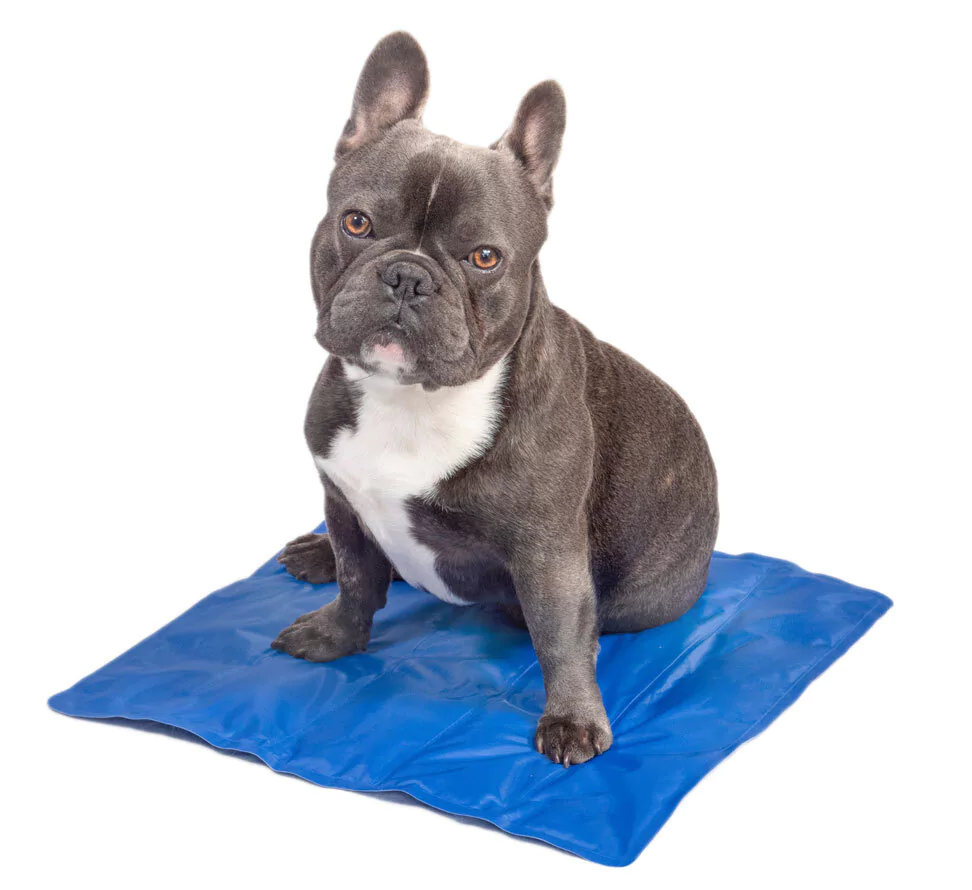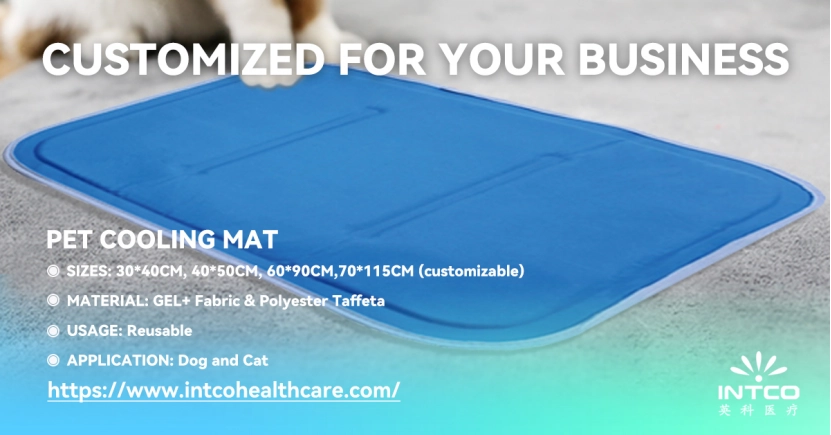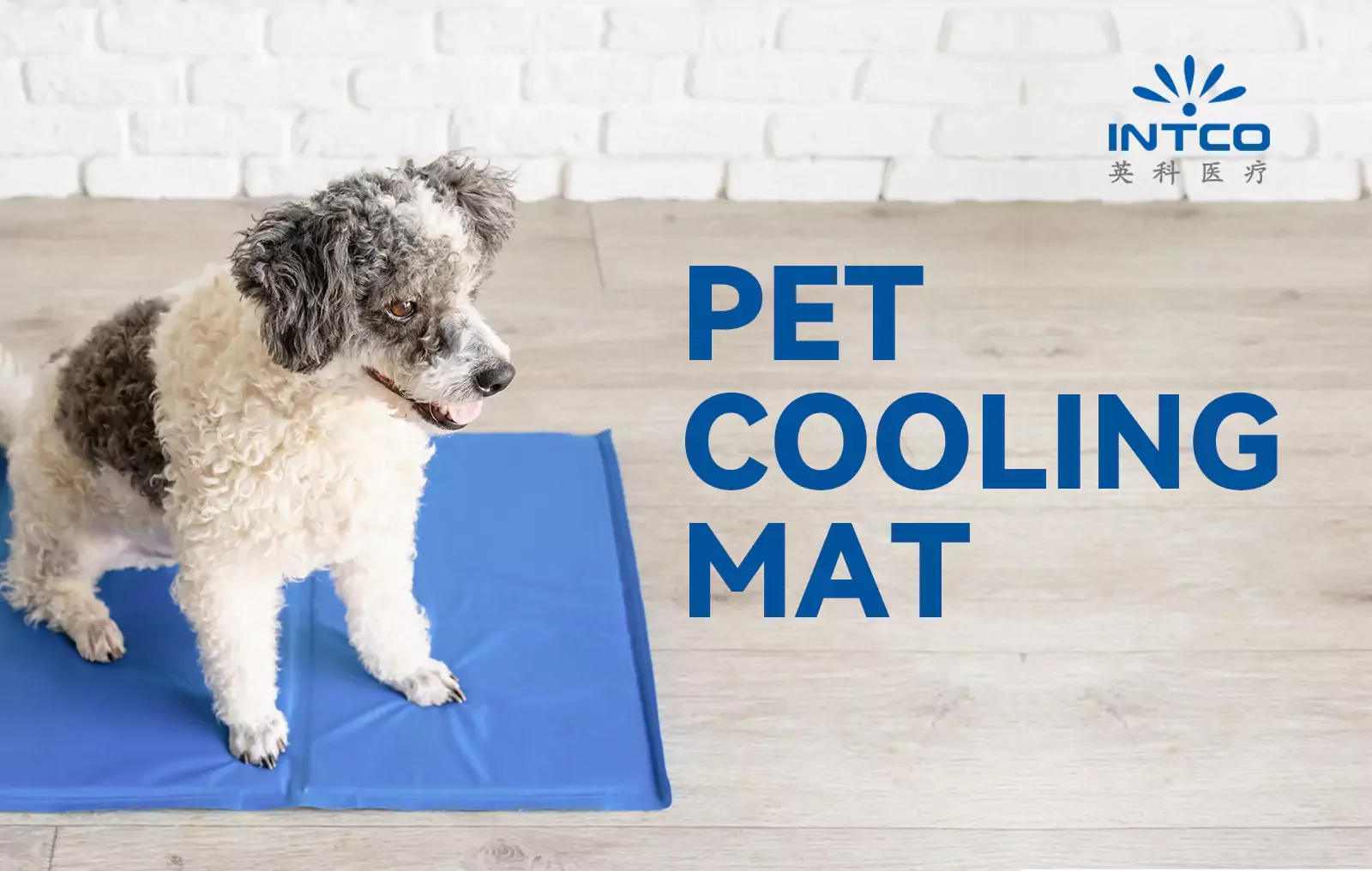Cooling Mats for Pets: Do They Really Work for Dogs and Cats?
As summer temperatures continue to rise globally, pet owners are increasingly seeking solutions to keep their furry companions comfortable in the heat. Cooling mats have emerged as one of the most popular products in the pet care market, promising to provide relief from sweltering conditions without requiring electricity. But do these mats actually work as advertised? This comprehensive guide examines the science behind pet cooling mats, their effectiveness for both dogs and cats, safety considerations, and expert recommendations to help you make an informed decision for your pet’s summer comfort.
Understanding How Pet Cooling Mats Work
Cooling mats for pets operate on various technological principles designed to lower your pet’s body temperature without the need for electricity or refrigeration. The most common types include:
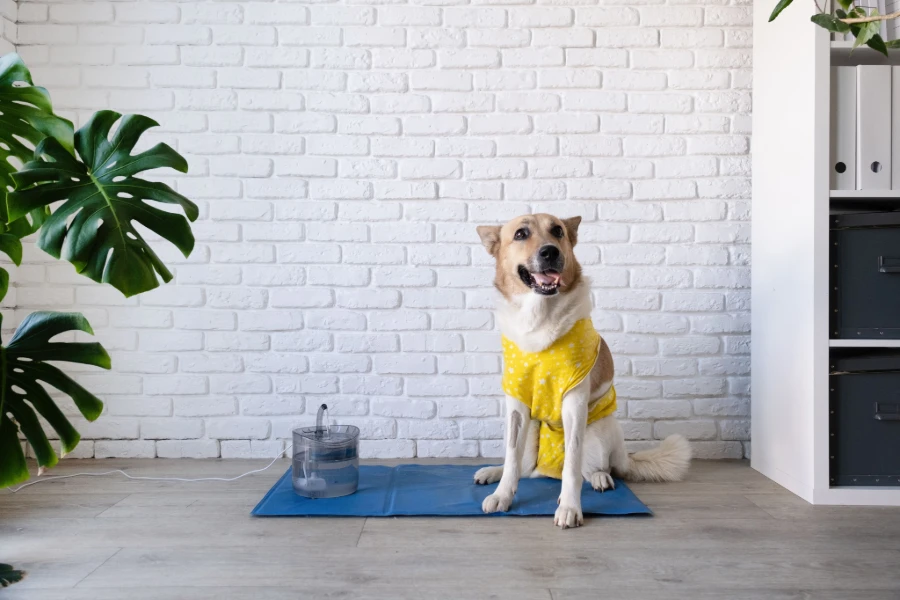
Gel-Based Cooling Mats
These mats contain a special pressure-activated gel that absorbs your pet’s body heat when they lie on it. The gel then dissipates this heat into the surrounding air, creating a cooling effect that typically lasts 2-3 hours before needing to “recharge” (return to ambient temperature) for about 15-20 minutes. Unlike traditional ice packs, these gels don’t require pre-chilling in the freezer.
Water-Filled Cooling Pads
Water-based cooling mats use the natural heat-absorbing properties of water to create a cooling surface. Some models allow you to fill them with cold water for enhanced cooling effects, while others use room-temperature water that cools through evaporation principles. These often feature durable PVC or nylon exteriors to prevent leaks.
Phase-Change Material Mats
More advanced cooling mats utilize phase-change materials (PCMs) that absorb large amounts of heat as they change from solid to liquid state. These materials maintain a consistent temperature throughout the phase change process, providing prolonged cooling.
Fabric-Based Cooling Technologies
Some mats use specialized fabrics like Cool Core or other high-tech textiles that wick away heat through advanced fiber technology. These fabrics absorb body heat and release it through moisture evaporation, similar to how high-performance athletic wear works.
“The effectiveness of a cooling mat depends largely on its technology and proper use. Gel mats work well for short periods, while phase-change materials can maintain cooling longer but may be heavier and more expensive,” explains a product reviewer from Afurkid.com.
Effectiveness for Dogs vs. Cats
While cooling mats are marketed for both canine and feline use, their effectiveness can vary significantly between species due to physiological and behavioral differences.
For Dogs
Dogs generally benefit more from cooling mats because:
· Higher body temperatures: Dogs typically have a normal body temperature range of 101-102.5°F (38.3-39.2°C), slightly higher than humans, making them more susceptible to overheating.
· Limited sweat glands: Dogs primarily cool themselves through panting and sweat glands in their paw pads, making external cooling aids particularly valuable.
· Greater heat tolerance variation: Brachycephalic (short-nosed) breeds like Bulldogs and Pugs are especially prone to heat stress and may benefit most from cooling mats.
Veterinary experts note that cooling mats can help prevent heatstroke in dogs when used properly, especially for pets left alone during hot days or those recovering from exercise.
For Cats
Cats present a more complex picture when it comes to cooling mat effectiveness:
· Natural heat tolerance: Cats evolved from desert animals and generally tolerate heat better than dogs, with a normal body temperature of 100.5-102.5°F (38.1-39.2°C).
· Selective usage: Many cats ignore cooling mats or use them sporadically. As one veterinarian notes, “Cats are notoriously particular about their resting spots. A cooling mat might become just another expensive cat bed they refuse to use”.
· Temperature preferences: Some cats actually seek out warm spots, making cooling mats potentially less appealing unless the animal is genuinely overheated.
However, long-haired breeds, senior cats, or those with health conditions may benefit from having cooling options available during heat waves.
When Should You Introduce a Cooling Mat for Your Pet?
To help pet owners recognize exactly when to deploy a cooling mat, consider the following temperature-based guidelines and physiological cues:
Temperature Thresholds
· Dogs with a body temperature above 103 °F (39.4 °C) are entering danger zones; use a cooling mat if you notice early signs of overheating. Breeds with thick coats or flat faces often struggle at lower ambient temperatures—around 80–85 °F (27–29 °C) outdoors is often already too warm for them—according to AKC advice.
· For cats, indoor temperatures exceeding 80 °F (27 °C) can cause discomfort and heat stress. They generally prefer indoor climates below 75 °F–80 °F.
Signs Your Dog Needs Cooling
Heat stress progresses through stages. Watch for:
· Heat stress: Reduced activity, seeking shade, heavy panting (even at rest), brick-red gums.
· Heat exhaustion: Dark or pale gums, excessive drooling, unsteady gait, or slight vomiting—often occurring at body temperatures between 104–105 °F.
· Heat stroke: Temperatures above 106 °F, disorientation, seizures, collapse—critical stage requiring emergency care.
Signs Your Cat Needs Cooling
· Excessive panting or drooling
· Restless pacing, seeking cool surfaces
· Grooming more than usual (due to desperate heat relief)
· Rectal temperature above 104 °F signals heat exhaustion; above 105 °F, it may be heatstroke.
Practical Guidelines
· Monitor indoor temperatures: Pets often feel discomfort above 80 °F (27 °C).
· Check body signs: Panting, restlessness, bleached or dark gums, drooling.
· Use your thermometer: If the rectal temperature reads 104 °F or higher, it’s time to cool—start with a cooling mat, water, and shade.
· Veterinary intervention: If temperature reaches 106 °F or more, or catastrophic symptoms appear, contact your vet immediately.
Safety Considerations and Potential Risks
While cooling mats can be beneficial, pet owners should be aware of several safety concerns:
Ingestion Hazards
Gel-filled mats pose significant risks if punctured or chewed. Despite manufacturer claims of non-toxicity, veterinary reports indicate numerous cases of pets becoming ill after ingesting gel contents. Dogs, with their tendency to chew objects, are particularly at risk.
“I’ve treated multiple cases of gastrointestinal obstruction and toxicity from pets consuming gel from damaged cooling mats. Even ‘non-toxic’ gels can cause serious problems when ingested in quantity,” warns a veterinary professional.
Temperature Extremes
Some cooling mats can become too cold, potentially causing:
· Thermal shock if a pet moves from extreme heat directly onto a very cold surface
· Hypothermia in small or frail animals
· Skin irritation from prolonged contact with cold surfaces
Durability and Maintenance
Poor-quality mats may:
· Leak water or gel, creating slip hazards and potential ingestion risks
· Develop mold if not properly dried after cleaning
· Lose effectiveness over time due to material breakdown
Expert Recommendations for Choosing and Using Cooling Mats
Based on veterinary advice and product testing, here are key considerations for selecting and safely using pet cooling mats:
Selection Criteria
1.Material Safety: Opt for mats with non-toxic, pet-safe materials. Look for certifications or independent safety testing.
2.Appropriate Size: Choose a mat large enough for your pet to stretch out comfortably. Measure your pet’s favorite sleeping position.
3.Durability: Select puncture-resistant materials, especially for dogs prone to chewing.
4.Ease of Cleaning: Removable, machine-washable covers are ideal for hygiene.
5.Technology Type: Consider your pet’s needs—gel mats for occasional use, phase-change for prolonged cooling, or water-based for adjustable cooling.
Usage Tips
· Introduce gradually: Allow pets to acclimate to the new surface at their own pace.
· Monitor initial use: Supervise your pet’s first interactions with the mat to ensure proper use and detect any chewing attempts.
· Provide alternatives: Place the cooling mat near your pet’s favorite resting spot but don’t remove their regular bed.
· Regular inspection: Check for signs of wear, leaks, or damage that could compromise safety.
· Proper placement: Position mats in shaded, well-ventilated areas away from direct sunlight to maximize effectiveness.
Maintenance
· Follow manufacturer cleaning instructions carefully—some mats require hand washing while others are machine washable.
· Ensure complete drying before storage to prevent mold growth.
· Store properly during off-seasons to prolong material life.
Alternative Cooling Methods
While cooling mats can be effective, they’re not the only option for keeping pets comfortable in hot weather. Consider these alternatives or complementary approaches:
Environmental Modifications
· Maintain good indoor ventilation with fans or cross-breezes.
· Create shaded outdoor areas with proper air circulation.
· Use cooling tiles or ceramic surfaces that naturally stay cool.
Grooming Techniques
· Regular brushing to remove excess undercoat.
· Paw pad trims to improve heat dissipation.
· Professional grooming for long-haired breeds (but avoid shaving double-coated dogs).
Hydration Strategies
· Provide multiple fresh water sources, possibly with ice cubes.
· Offer frozen treats or chilled foods.
· Consider pet water fountains to encourage drinking.
Activity Management
· Schedule walks during cooler morning/evening hours.
· Provide shallow wading pools for water-loving dogs.
· Avoid strenuous exercise during peak heat.
“A multi-pronged approach to pet cooling is often most effective. Cooling mats can be part of the solution but shouldn’t be relied upon exclusively,” advises an animal welfare specialist.
Final Thoughts: Are Pet Cooling Mats Worth It?
For most pet owners, especially those in warm climates or with heat-sensitive breeds, cooling mats are a worthwhile investment. They offer a safe, passive cooling method that pets can use at will — helping to improve comfort, reduce stress, and promote healthier summer routines.
At INTCO Healthcare, we provide durable, pet-safe cooling mats using medical-grade PVC and non-toxic gel formulas. Our mats can be customized with OEM/ODM services, ideal for pet product brands, retailers, and veterinary suppliers seeking reliable cooling solutions.

